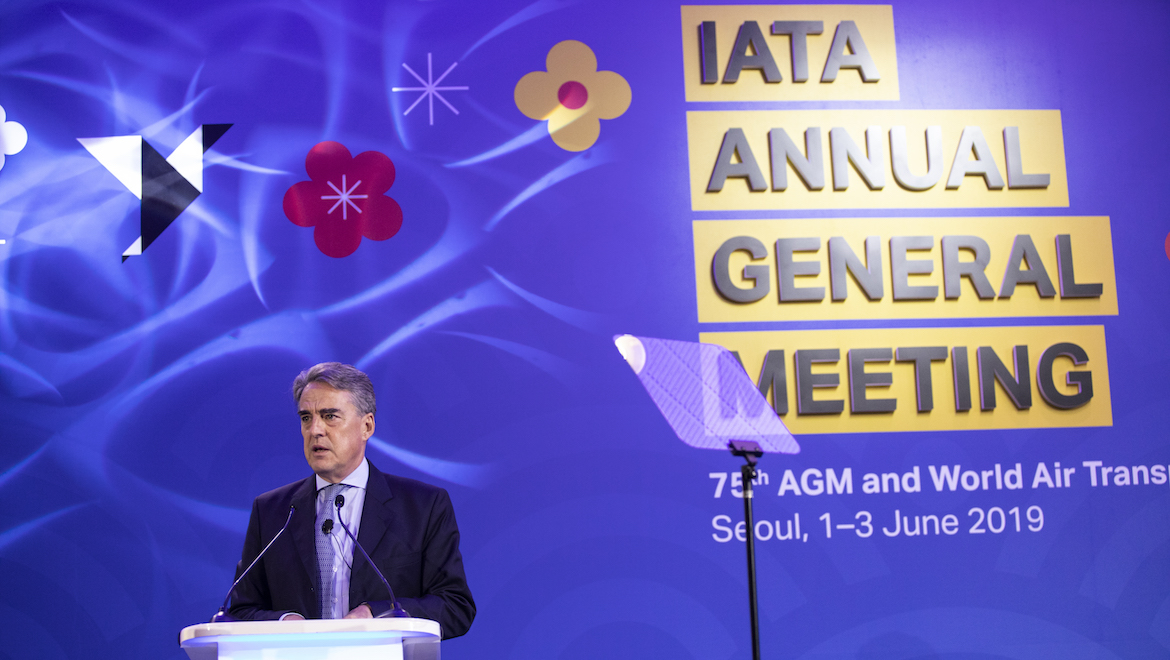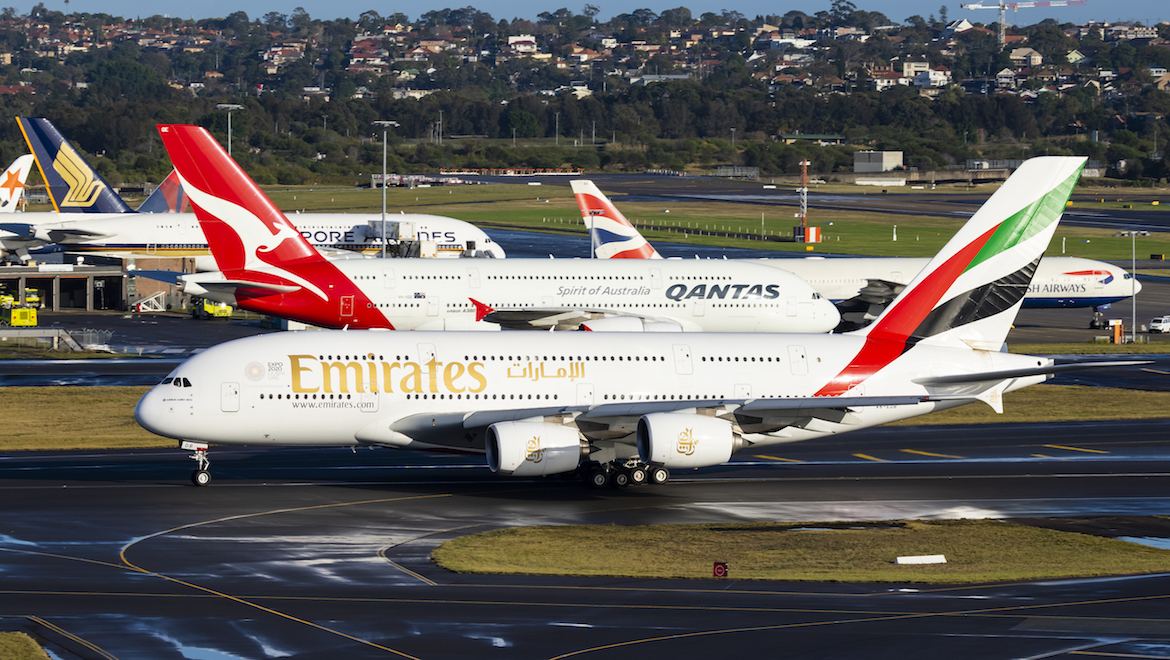
Airlines are collectively expected to post a decline in profit for the first time in three years in 2019 as trade tensions, rising fuel prices and a slumping cargo markets take their toll on the bottom line.
The International Air Transport Association (IATA) said on Sunday it expected airlines to earn US$28 billion in net profit in calendar 2019.
This was below a recorded US$30 billion in calendar 2018 and down from IATA’s previous forecast of US$35.5 billion outlined in December 2018.
IATA director general and chief executive Alexandre de Juniac said US$28 billion was a solid result under challenging conditions.
“Passenger demand is robust,” de Juniac said in his opening address to the IATA annual general meeting in Seoul on Sunday.
“But trade wars and protectionist measures are taking their toll on the cargo business. And rising costs for fuel, labor and infrastructure are squeezing margins.”
Despite a contraction in the industry’s net profit for the first time since 2016 – when the annual net profit declined by five per cent from the prior year – 2019 will mark the 10th consecutive year airlines will collectively be in the black.
However, the expected 2019 profit will be achieved on an expected return on invested capital of 7.4 per cent, which barely exceeded the average cost of capital of 7.3 per cent.
de Juniac noted the increasing resilience of the aviation industry.
“The good news is that airlines have broken the boom-and-bust cycle,” de Juniac said.
“A downturn in the trading environment no longer plunges the industry into a deep crisis. But under current circumstances, the great achievement of the industry—creating value for investors with normal levels of profitability is at risk.
IATA CEO&director-general Alexandre de Juniac tells delegates at #IATAAGM opening session the global airline industry is forecast to collectively post a US$28bln profit in 2019 with a net margin of 3.2%. This is lower than IATA’s previous forecast in December 2018 of $US35.5bln pic.twitter.com/Cd3oB1Srv3
— World of Aviation (@the_wofa) June 2, 2019
Global oil prices have had a volatile 12 months
The 2019 industry outlook was based on an anticipated average Brent Crude Oil price of US$70 per barrel, compared with the average price of US$71.60 per barrel in 2018 and US$54.90 per barrel in 2017.
In October 2018, Brent Crude Oil reached four-year highs of close to US$86 per barrel as tensions in the Middle East and the United States imposition of sanctions on Iran sent jitters through commodities markets.
Crude then began a steady retreat to its lowest level in more than 12 months at about US$62 a barrel in December 2018 as fears of reduced supply from the Iran sanctions proved overblown.
Then, in early May, the United States announced it would end waivers allowing some countries to import crude oil from Iran, causing the benchmark crude oil contract to spike to $US75/barrel.
At May 24 2019, the IATA jet fuel price was US$81.30 a barrel, down 11.2 per cent from the same time a year ago.

Asia Pacific suffering from drop in cargo demand
Airlines in the Asia Pacific were forecast to post net profit of US$6 billion in calendar 2019, down from US$7.7 billion achieved in the prior year.
Net profit per passenger was US$3.51, compared with the global figure of US$6.12.
IATA said the performance of Asian carriers was being dragged down by the slump in cargo.
“The region is showing very diverse performance,” IATA said.
“Accounting for about 40 per cent of global air cargo traffic makes the region the most exposed to weakness in world trade, and that, combined with higher fuel costs, is squeezing the regions’ profits.”
North American carriers were expected to post the highest profit at US$15 billion, followed by the airlines of Europe (US$8.1 billion) and those of the Asia Pacific.
Those three regions will be responsible for the bulk of the airline industry’s profits in 2019, given airlines in the Africa and the Middle East were forecast to post a loss of US$100 million and US$1.1 billion, respectively.
Meanwhile, IATA said the carriers of Latin America were tipped to post net profit of US$0.2 billion.
de Juniac said IATA would continue to press upon the international community the benefits of connectivity.
Aviation needs borders that are open to people and to trade,” de Juniac said.
“Nobody wins from trade wars, protectionist policies or isolationist agendas. But everybody benefits from growing connectivity. A more inclusive globalization must be the way forward.”
VIDEO: IATA presented its economic outlook at its annual general meeting in Seoul on June 2. This video is from the association’s YouTube channel.










